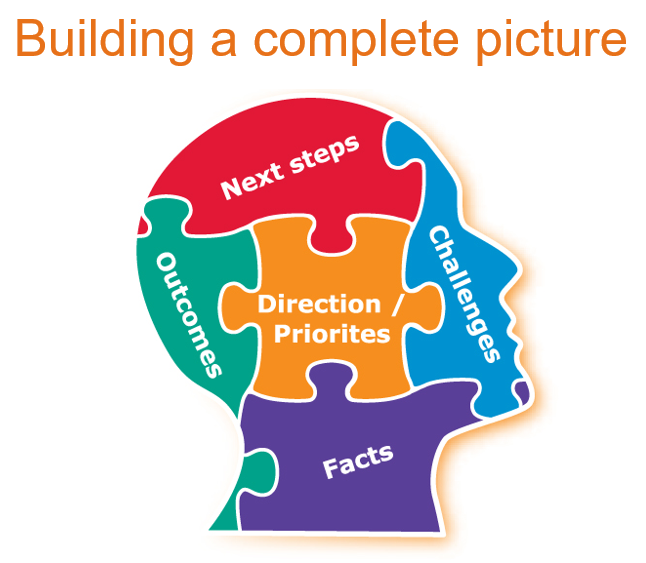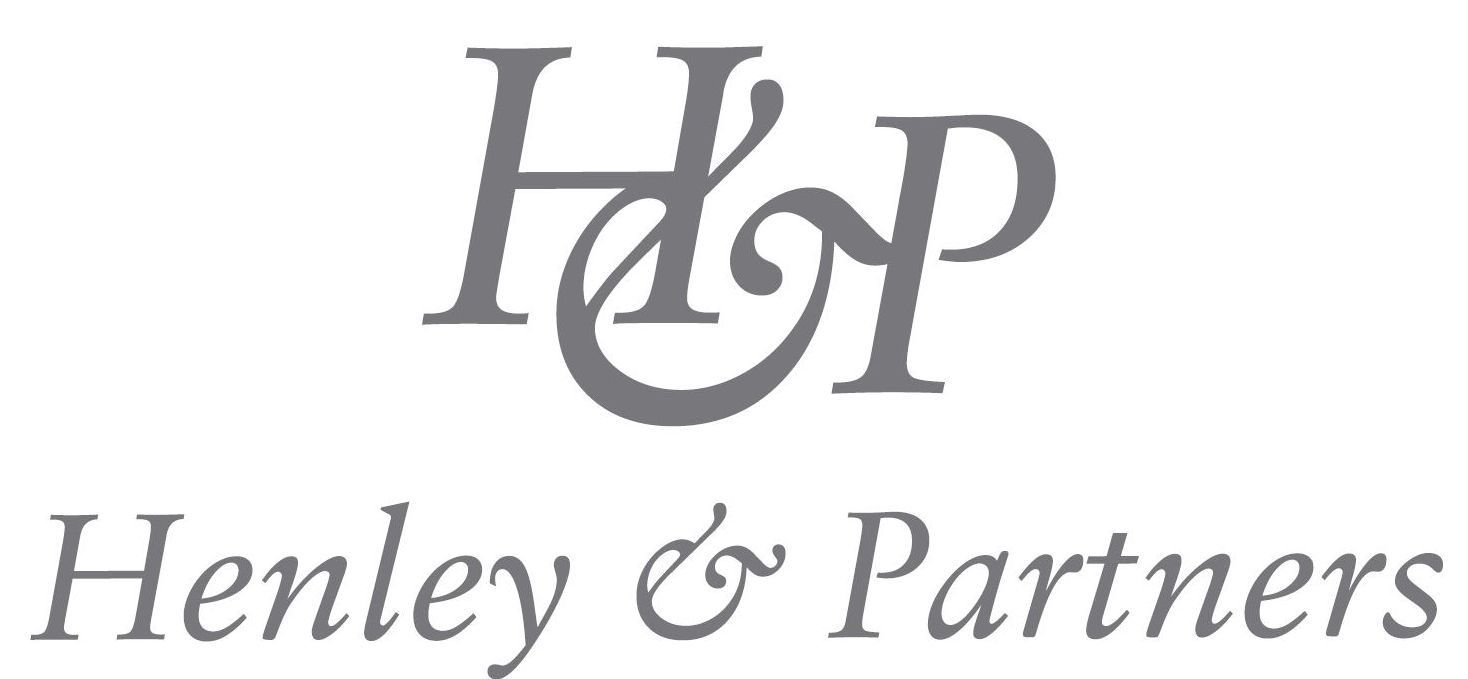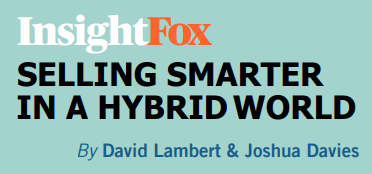Pre-workshop 1
Complete prior to first Zoom meeting
Accreditation Workshop 1 - Relationships, trust and behaviors
Pre-workshop 2
Complete prior to second Zoom meeting
Accreditation Workshop 2 - Understanding clients better
Pre-workshop 3
Complete prior to third Zoom meeting
Accreditation Workshop 3 - SHAPE, Value Sheets and Need-Feature-Benefit
Pre-workshop 4
Complete prior to fourth Zoom meeting

Note that Outcomes are typically expressed in terms of "like", "want" or "need" to do. These are in escalating sense of significance. You may have heard the saying that you cannot sell until you've identified a need, so getting clients to express that they need to make a change is critical to success.
Before the next session, to ensure we've covered the key tools that you will introduce to your colleagues, we need to take a look at Value Sheets and CC Notes. Also practice writing N-F-B statements and sharing examples of Henley & Partners' work using the N-F-B structure to ensure that our examples are concise and impactful.
N-F-B Actiivity
Think of a point of difference for H&P, e.g.
"We advise many governements on their long-term visa programs"
then take the point you've chosen and turn it into a Need-Feature-Benefit statement.
Also, take a point of difference, either the same as above, or a different one if you want to stretch yourself a bit, and give an example of something H&P has done that proves capability on this point. Note that your example must be something that has been done, not something that H&P can do.
Please send through both examples to me in the format:
Need: xxxxxxxxxxxxx
Feature: yyyyyyyyyyyyyy
Benefit: zzzzzzzzzzzzzzzz
before the end of your day, Tuesday, May 28th.
Value Sheets were included in pre-work for Workshop 2, so you may well have reviewed that canvas and the related learning already.
If not, or if your recollection needs refreshing, take another look.
Also review the CC Notes canvas and related learning.
Accreditation Workshop 4 - SHAPE and N-F-B
Accreditation Workshop 5 - N-F-B Storytelling and CC Notes



